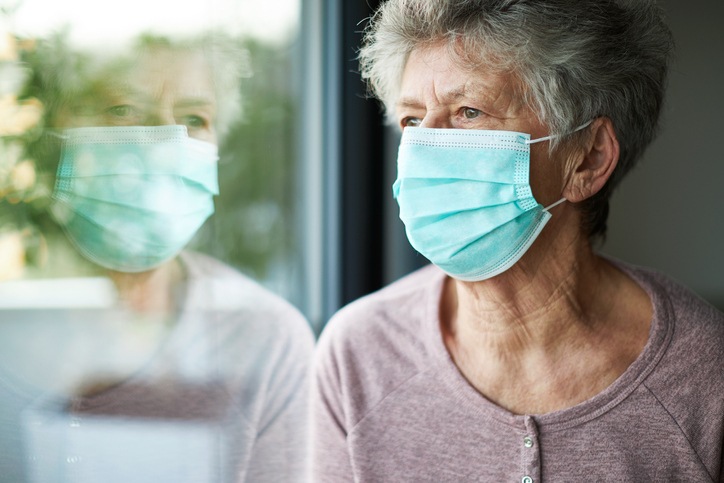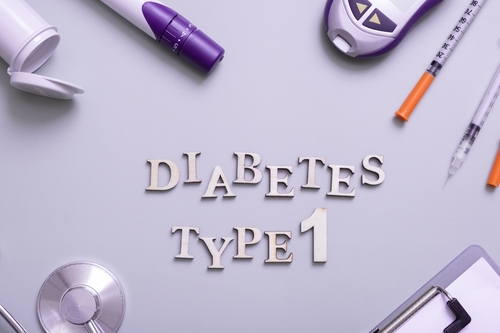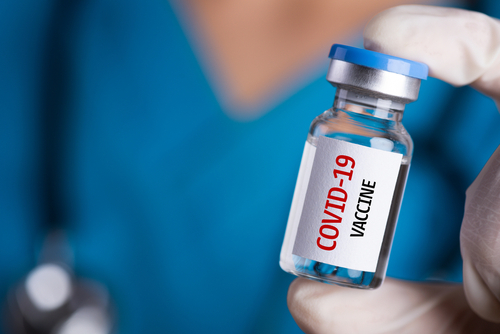
A study took a closer look at self-protection and health behavior habits among patients with inflammatory rheumatic disease during the COVID-19 pandemic and found increased levels of anxiety and self-isolation.
The cohort included patients with inflammatory rheumatic diseases in Denmark from the DANBIO registry who were invited to complete an online survey asking about disease activity, behavior, and COVID-19 infection in March and June 2020.
A total of 12,789 patients completed the survey; represented diseases were rheumatoid arthritis (n=8,168), psoriatic arthritis (n=2,068), axial spondyloarthritis (n=1,758), and other (n=795). Two-thirds of the cohort was female (n=8,366), and just over half of patients were aged 60-79 years (n=6,799). Overall, 36% of patients were being treated with a biological disease-modifying antirheumatic treatment (bDMARD). COVID-19 was self-reported by 0.3% of patients.
Anxiety and self-isolation levels appeared to decrease from March to June. When asked whether patients consider themselves at high risk for COVID-19, in March, 75% said they completely agree/mostly agree; by June, this decreased to 63%. More significantly, in March, 70% of patients said they were worried about getting COVID-19; by June, this dropped to 45%. The proportion of patients who called their current situation “self-isolation” was 22% in March and 3% in June. A smaller proportion of patients said they felt they self-isolated themselves more than others their age due to their arthritis in June (38%) than March (48%). Medication adherence remained high over the study period, but during the early stages of the pandemic, non-adherence was attributable to fear of COVID-19.
In March, factors associated with being worried about catching COVID-19 were: female sex, lower education, not working, cohabitating, presence of comorbidities, bDMARD treatment, current smoker, and poorer EQ-5D. In June, these factors were the same, with the addition of age 60-80 years compared to ≤39 years.
Similarly, patients who said they self-isolated more than others in their age group at both time points were more likely to be female, age ≤39 years, and not working, as well as have comorbidities, treatment with a bDMARD or conventional synthetic DMARD, and poorer EQ-5D.
The study was published in RMD Open.







 © 2025 Mashup Media, LLC, a Formedics Property. All Rights Reserved.
© 2025 Mashup Media, LLC, a Formedics Property. All Rights Reserved.